For many people, TV is still the only source of entertainment. Smart TV, with its emergence, continues to take centre stage in our homes, providing a complete entertainment hub in one device.
Smart TV allows users to replace wiring, making it easier to move around, eliminating the need for retrofitting. No more separate Coax and UTP cables, just an outlet or extension cord is needed to operate. Once you're connected and connected to WiFi, the gateway to anything with a click opens even wider.
Today, smart TVs are becoming increasingly popular around the world. The biggest TV manufacturers are already selling most of the smart TVs.
 Let's start with a look back
Let's start with a look back
 Xiaomi entered the television industry in 2012 and created the Mi TV team with the stated intention of "creating the world's best smart TVs that are accessible to everyone", in line with the company's core value of providing consumers with high-quality, well-designed products at affordable prices. Xiaomi CEO because they could dream big, as Xiaomi smartphones were already well known in China at the time, so they could focus on a new market.
Xiaomi entered the television industry in 2012 and created the Mi TV team with the stated intention of "creating the world's best smart TVs that are accessible to everyone", in line with the company's core value of providing consumers with high-quality, well-designed products at affordable prices. Xiaomi CEO because they could dream big, as Xiaomi smartphones were already well known in China at the time, so they could focus on a new market.
"...We have therefore strived to create smart TVs that follow the philosophy of our products, to be as user-friendly and 'smart' as possible."
In addition to providing the usual internet services, Mi TVs are also an integral part of the Xiaomi Smart Home, as a central control unit.
Co-founder Wang Chuan, who manages the Mi TV division, has extensive experience in the TV industry. Thanks to his involvement, the contacts with hardware suppliers were in place and production was up and running quickly. Even so, it was not an easy start for the Mi TV team. Wang Chuan recalled that he visited 9 suppliers in 8 cities in 5 days. The TV engineers had to stay in the factories for three months to make sure that the whole production process met the strict standards. The hard work finally paid off, as Mi TV became China's fastest growing TV brand in 2017, despite a slight downturn in the TV market. In October 2017, Mi TV was also voted the best smart TV brand by Tmall and JD (China's leading e-commerce platforms).
"Innovation, the key to our success" - Wang Chuan attributes Mi TV's success to innovation.
Mi TV has many innovative features:
- 11 button remote control
The first Mi TV 1 was announced back in September 2013, with a simplified smart TV interface, MIUI and the innovative 11-button remote control.
Many remote controls contain dozens of buttons with lots of functions. Some manufacturers further complicate this by integrating the entire keyboard on the back, or using a capacitive touchpad with gesture control (I tried it with Samsung a few years ago, terrible)
Xiaomi has cleverly solved these problems by removing unnecessary buttons. Only the buttons that are absolutely necessary to use the system are left. A Power, four-position navigation button, in the middle a OK buttonleft, Back to, Menu, Voice control, and Volume up and down. After a couple of days of use, you can use it blindly (speaking from experience). The user experience is preserved, you don't have to search in the dark for the right buttons.
- Independent speaker
In 2014, the Mi TV 2 introduced an external soundbar that included nine speakers and a subwoofer. The sound quality was vastly improved with this solution, at last there really were lows, with enough sound to fill a living room. - Innovative modular design
In 2015, the Mi TV 3 was already modular in design. The 60" 4K TV redefined the Chinese TV market. The set consisted of several units. A 60" LG True 4K panel and a Mi TV Bar unit, which included all the TV electronics, the Mi Box unit and a world-class independent sound system.
Since the Mi TV Bar connects to the display via a standard HDMI port, it can be used to "arm" any TV, regardless of manufacturer. This is certainly welcome, as there are no special connectors, cables, or other criteria, and it is a cost-effective way to upgrade your existing home cinema system.
- The first intelligent, content-based PatchWall system
In addition to hardware upgrades, "content first" is a priority for the Mi TV team. Mi TV has become China's largest television content hub, joining forces with the country's top video websites, including iQiyi, Tencent Video, Sohu Video and PPTV.
 In September 2016, Xiaomi reached another milestone with the launch of the Mi TV 3S, where they announced their own AI TV (Artificial Intelligence) system for PatchWall-which provides personalised content and a real user experience. It monitors user habits, the content they visit, and uses this to provide more accurate recommendations through deep learning and by monitoring the user's favourite websites. Yes, here we need to decide in advance whether to allow this information, as it is the only way to fully use the system.
In September 2016, Xiaomi reached another milestone with the launch of the Mi TV 3S, where they announced their own AI TV (Artificial Intelligence) system for PatchWall-which provides personalised content and a real user experience. It monitors user habits, the content they visit, and uses this to provide more accurate recommendations through deep learning and by monitoring the user's favourite websites. Yes, here we need to decide in advance whether to allow this information, as it is the only way to fully use the system.
 The PatchWall was a big hit in the Chinese Smart TV market, winning the "Best TV operating system in 2016" award.
The PatchWall was a big hit in the Chinese Smart TV market, winning the "Best TV operating system in 2016" award.
- Voice control
Mi TV really earned its role as the hub of the smart home with Mi TV 4A, launched in March 2017. This model now features PatchWall with voice command execution, allowing users to search for content by voice command. What's more, the voice assistant can also connect to the Mi Home system, so you can control the air purifier, air conditioner or robot vacuum cleaner. (This AI-enabled PatchWall system was also included in the Mi Box 4 is. So we without TV, just the Mi Box 4 to get similar functionality.)
- Design
 Xiaomi engineers have been constantly improving, daring to dream big, daring to create something new. Their modern and stylish designs have caught the attention of fans and the industry. That's why it's no surprise that Mi TV 3 won the world-renowned Red Dot Award for Design in 2016, and now Mi TV 4 offers the world's first 4.9mm (the world's thinnest TV at launch), super-slim design with a nearly bezel-less display.
Xiaomi engineers have been constantly improving, daring to dream big, daring to create something new. Their modern and stylish designs have caught the attention of fans and the industry. That's why it's no surprise that Mi TV 3 won the world-renowned Red Dot Award for Design in 2016, and now Mi TV 4 offers the world's first 4.9mm (the world's thinnest TV at launch), super-slim design with a nearly bezel-less display.
"Today, I think we have achieved our goal and all the hard work we put in has paid off," said Wang Chuan, who was thrilled to unveil his latest flagship TV (Mi TV 4 (65")) to the manufacturer in May 2017. (Not to be confused with last year's Mi TV 4, the "first" Mi TV 4 is 65" in size and comes with a Dolby Atmos 3D sound system, among other features.
So this package is only available for the 65″ version.
And now let's get down to business.
Xiaomi Mi LED TV 4
It's not just India that is eagerly awaiting the new Mi TV 4, as it's the first model that can hold its own internationally. The launch in India was a great honour for the local representation. The success of the Mi LED TV will be key to the company's growth in India - China's most successful market. Interest in the Mi LED TV 4 is relatively high given that Xiaomi is offering the 4K UHD TV for 39,999 Indian rupees, roughly 158.000 Ft-for. This got the customers so excited that on the day of the sale, they snapped up their first consignment in just 10 seconds.
In the following article, I will try to answer all the questions you may have about Mi TV 4.
Price, sales:
The Xiaomi Mi LED TV 4 Indian price Rs 39.999, which is 158e Ft. So the cheapest TV in India with 4K UHD resolution and HDR10 support. The Mi LED TV 4 is available with a 55-inch screen size. Mi LED TV 4 went on sale in India from February 22. It can be purchased at Mi.com, Flipkart and Mi Home stores. All owners are eligible for the SonyLIV and the Hungama Play service, on a Mi IR cable, free on-site installation, 3-month subscription as part of an introductory offer.
An EU market launch is expected soon. We wouldn't be surprised if it also reaches the Hungarian market through a domestic retailer. How much would it cost in our country? Even if by some miracle or other the import duty is partially exempted due to the official wholesaler, there is still the highest EU VAT, the damn 27%. Therefore, according to my calculations (if the Indian price is not the net Chinese introductory price) we will have to pay 215-225.000 Ft to be Mi TV 4 owners. However, it is possible that as a great launch promotion, Xiaomi will provide the product at a cheaper price, in which case we can expect a price of around 200,000 Ft.
What's the difference between last year's Mi TV 4 and this year's?
Xiaomi Mi LED TV 4 has changed in several ways compared to its predecessor. Three sides have barely visible coffee, but the bottom is thicker. The "thickness" of the top of the panel is staggering, at just 4.9mm. Even for a smartphone, that's a nice achievement. The bottom of the TV houses all the electronics and connectors, but it's not thick either. The Mi LED TV 4 has 2 USB ports (1 USB 3.0 and 1 USB 2.0) and 3 HDMI ports.
Difference between the 2017 65" and the 2018 55" Mi TV 4:
| Mi TV 4 55″ (2018) | Mi TV 4 65″ (2017) | |
| Conrast | 6000:1 | 5000:1 |
| Processor | Amlogic T968 | Amlogic T966 |
| RAM | 2 GB | 3 GB |
| Repository | 8 GB | 32 GB |
| High colour saturation | unsubsidised | supported by |
| Sound system | built-in stereo 2x8W | external speakers with subwoofer |
| Audio codec | Dolby Audio DTS-HD Virtual Surround + sound enhancement | Dolby Atmos DTS-HD dual, Dolby panorama sound |
| Weight (with feet) | 17.8 kg | 29.2 kg |
| Performance | 155W | 210W |
Key specifications of the Mi TV 4 (55″):
| Panel manufacturer | Samsung |
| Resolution | 3840×2160 true 4K |
| Backlight type | side (edge) |
| Intelligent backlighting | 10 field |
| Dynamic backlighting | Sponsored by |
| Viewing angle | 178° |
| Response time | 8 ms |
| Image update | 60Hz |
| CPU | 64-bit Cortex A53 quad-core 1.8 GHz |
| GPU | Mali-T830 MP2 up to 750MHz |
| WiFi | Dual-band 2.4GHz / 5GHz a/b/g/n/ac (2×2 dual antenna) |
| Bluetooth | Bluetooth 4.0, BLE low power, multi-device |
| HDMI | 2.0 x 3db (with ARC support) |
| Outputs | 1 S/PDIF audio, 1 AV, 1 USB 2.0 1 USB 3.0 1 Ethernet |
| Known video formats | MOV, RM, FLV, AVI, MKV, TS, MP4, MPEG1/2/4 VC-1, DivX-4/5, WMV3 1080p @60fps RE-AL8/9/10, 1080p @30fps H.265/264, 4K @60fps H.246 4K @30fps |
Xiaomi Mi LED TV 4 supports 4K UHD and HDR10 display. What does this mean?
The Xiaomi Mi LED TV 4 features a 4K display with HDR10 support. Simply put, 4K (or Ultra HD as it's commonly known) has four times as many pixels as traditional HD resolution. Standard full HD (FHD) is only 1920 x 1080 pixels, but 4K UHD has a resolution of 3840 x 2160 pixels. This makes 4K screens noticeably sharper than 1080p screens. Naturally, you'll need content at this resolution. Fortunately, YouTube and several other providers offer hundreds of content in 4K (and there are even 8K tests).
HDR stands for High Dynamic Range, and Mi LED TV 4 not only features a 4K UHD resolution display, but also supports the industry standard HDR10. This means it can display content recorded in HDR10. However, HDR10 content is not yet available in India, nor are Amazon Prime Video or Netflix apps. The picture on an HDR TV is brighter, with richer colours and better contrast than standard content. HDR10 is supported by many TV manufacturers around the world, including Samsung, Sony, LG, Panasonic, etc.
Is it running Android TV?
This is not Android TV. The Xiaomi Mi LED TV 4 runs on the Android Open Source (AOC) platform, with its own PatchWall user interface. The implementation is quite similar to MIUI. It's basically MIUI for TV, but with a name that's quite distinct from the system running on phones and tablets.
Xiaomi says the company has worked hard to make the PatchWall user interface work in the Indian market. The interface has been heavily customised for Indian needs and service providers. The interface takes advantage of machine learning (AI) based on consumer viewing patterns, the company claims. It is also possible to control the TV with voice commands, making it easier to quickly launch the right content.
Android TV is based on the Android mobile operating system, but optimised for large-screen TVs (horizontally), with full Google support and Google Play Store. It is also possible to play games, which can be controlled with a Bluetooth controller. This is not possible on Mi LED TV 4. We hope it will change in the future.
What about the content? Is Netflix or Amazon Prime Video supported?
It is not possible to download apps to the Mi LED TV 4, but Xiaomi is optimistic. It has more than 10 prominent OTT content provider partners, including Hotstar, Voot, Voot Kids, Sony Liv, Hungama Play, Zee5, Sun NXT, ALT Balaji, Viu, TVF and Flickstree.
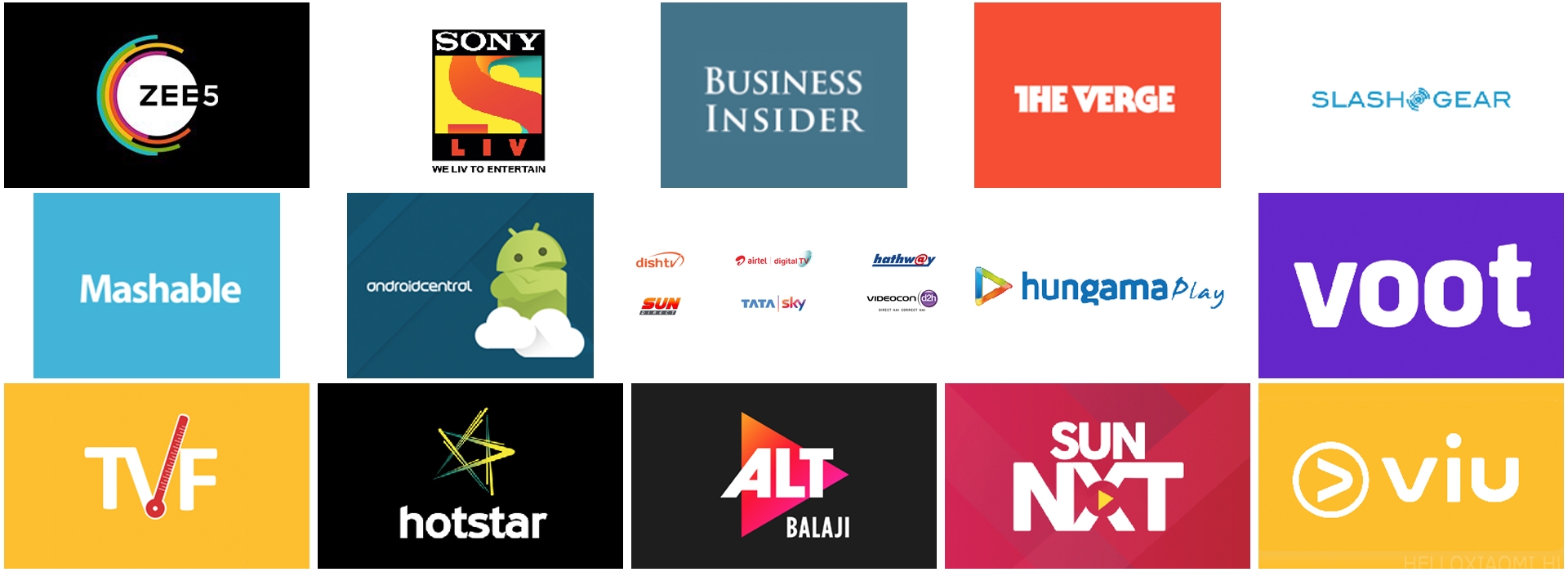 The total content in these services is around 500 000 hours, 80 % of which is free. The company claims that its focus is on providing multilingual local content.
The total content in these services is around 500 000 hours, 80 % of which is free. The company claims that its focus is on providing multilingual local content.
Netflix and Amazon Prime Video are missing from the catalogue, so users will not be able to choose from these providers. However, there is a demand for them. Perhaps market pressure will solve this and they will also cooperate with global content providers.
If they are thinking about an EU market, they should definitely open up.


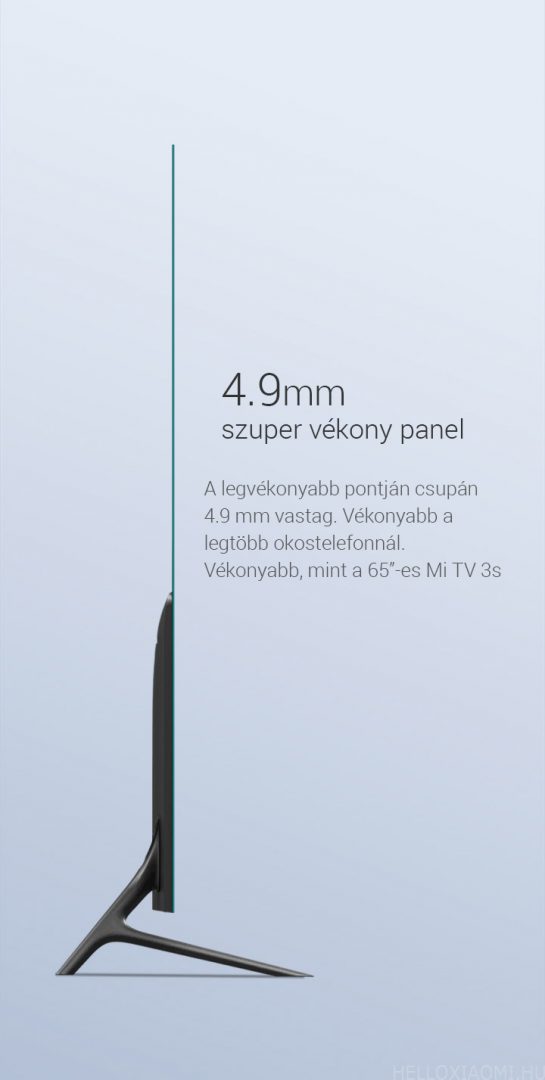

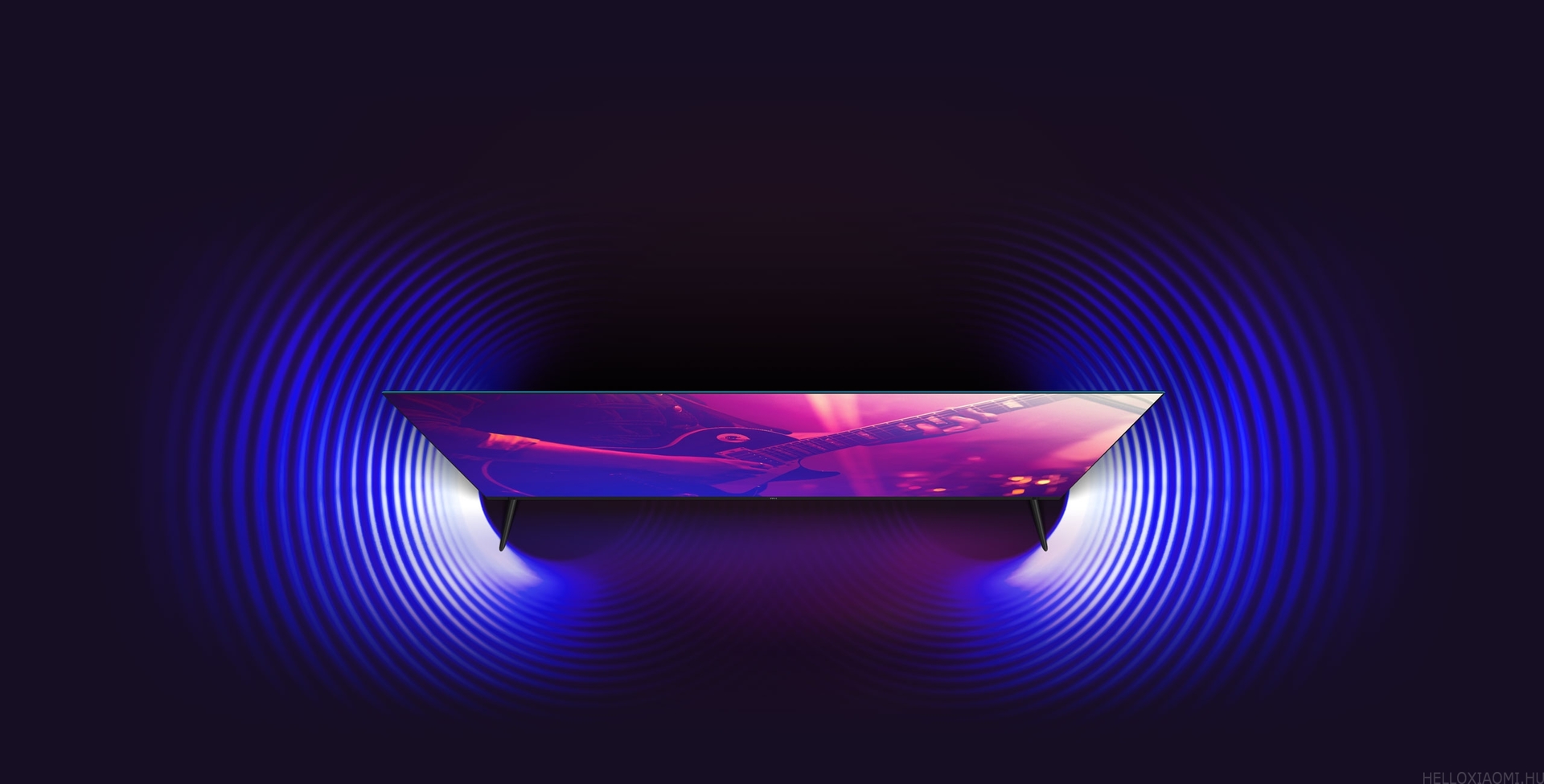



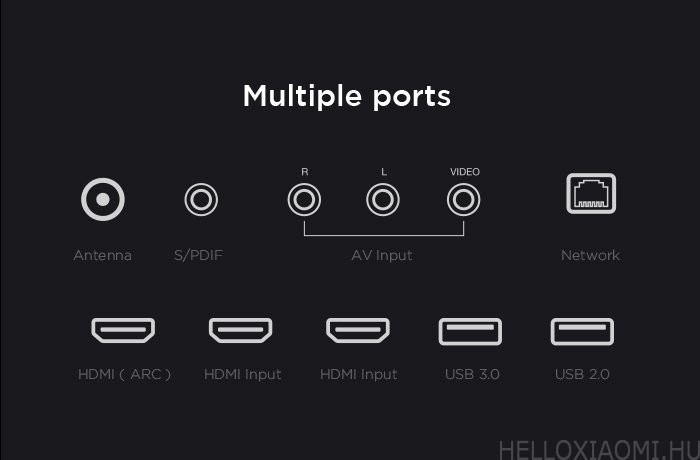
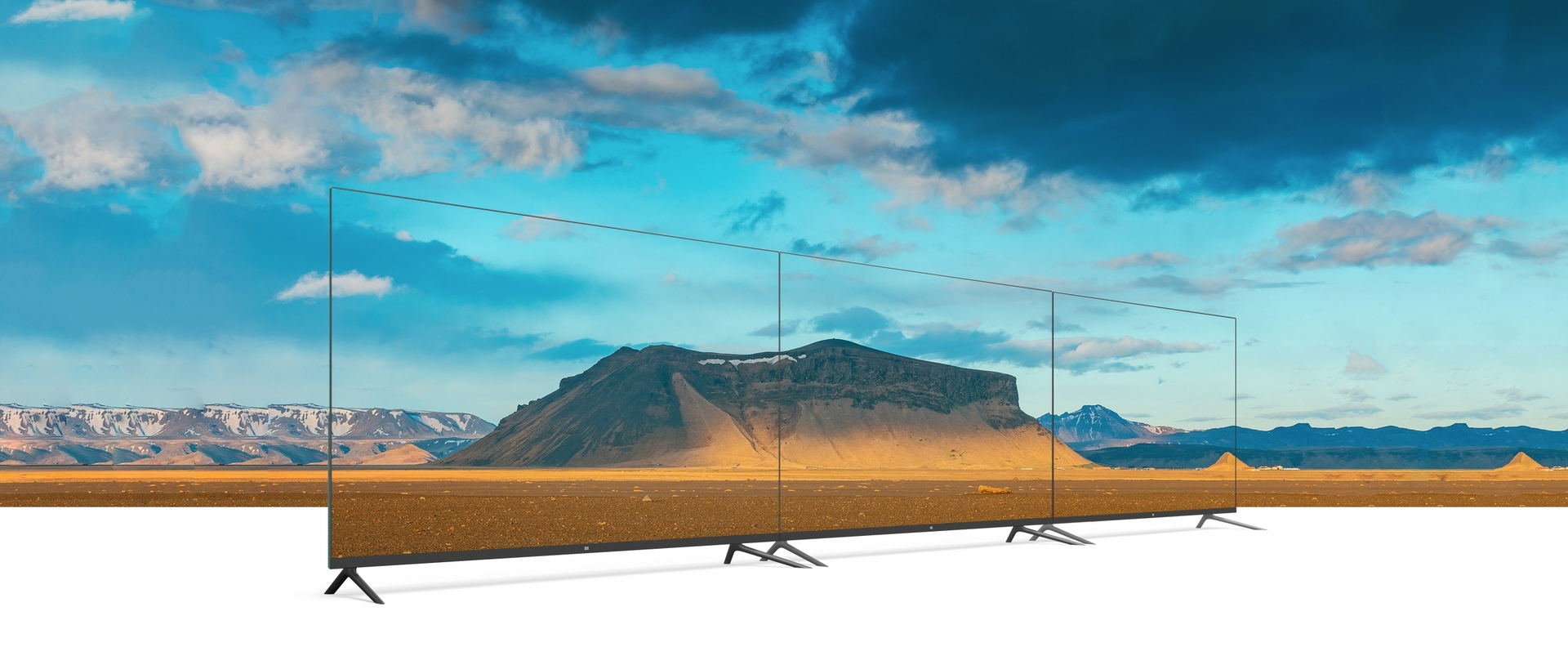 The thin casing allows you to place up to 3 TVs side by side. A true panoramic HDR experience :D
The thin casing allows you to place up to 3 TVs side by side. A true panoramic HDR experience :D
Screen wipe function
 Simple, intelligent content search
Simple, intelligent content search
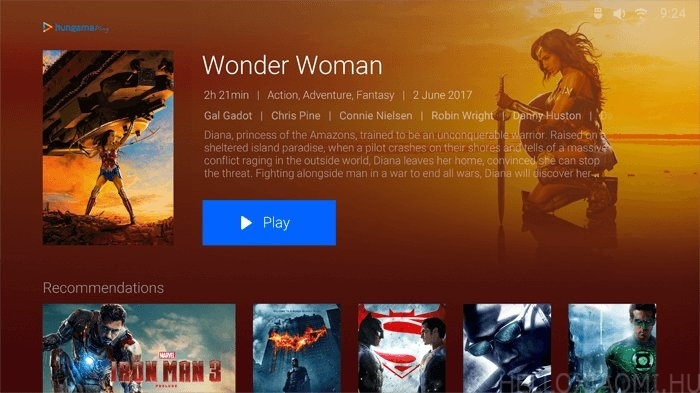
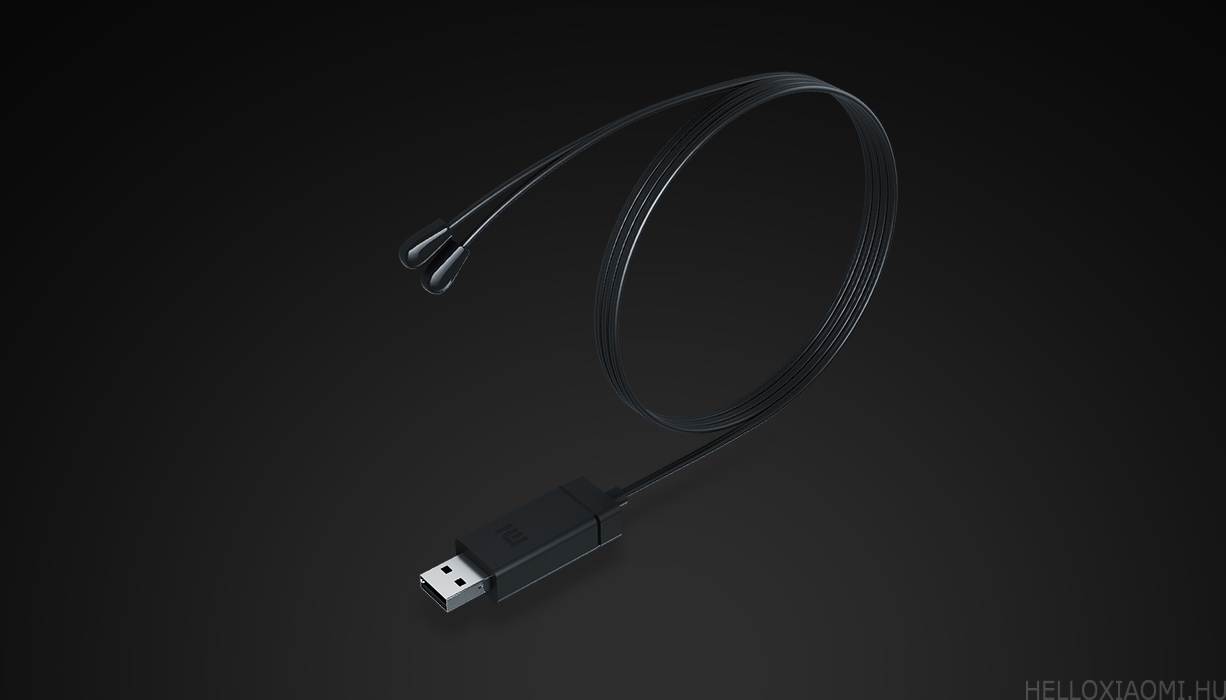 The optional IR cable, which is being given for free in India as part of the launch promotion.
The optional IR cable, which is being given for free in India as part of the launch promotion.
 Smart content for children too. Easy to find stories, child lock function.
Smart content for children too. Easy to find stories, child lock function.
If you like what we do, please like helloxiaomi's facebook page and recommend the page to others! For more updates, please set your browser notifications, follow the helloxiaomi facebook page, or join the Hungarian Xiaomi News, Interesting Facts group.


















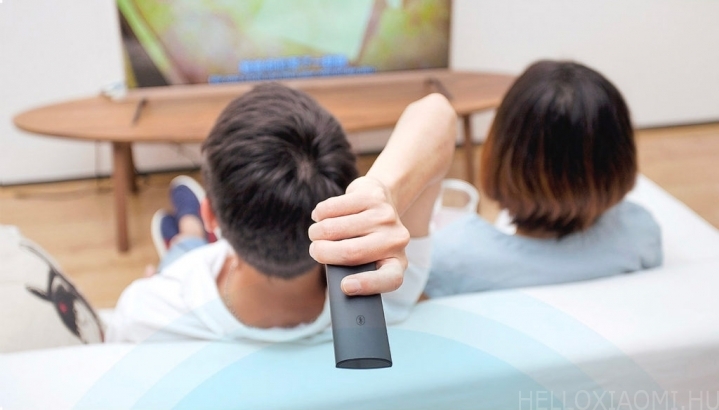
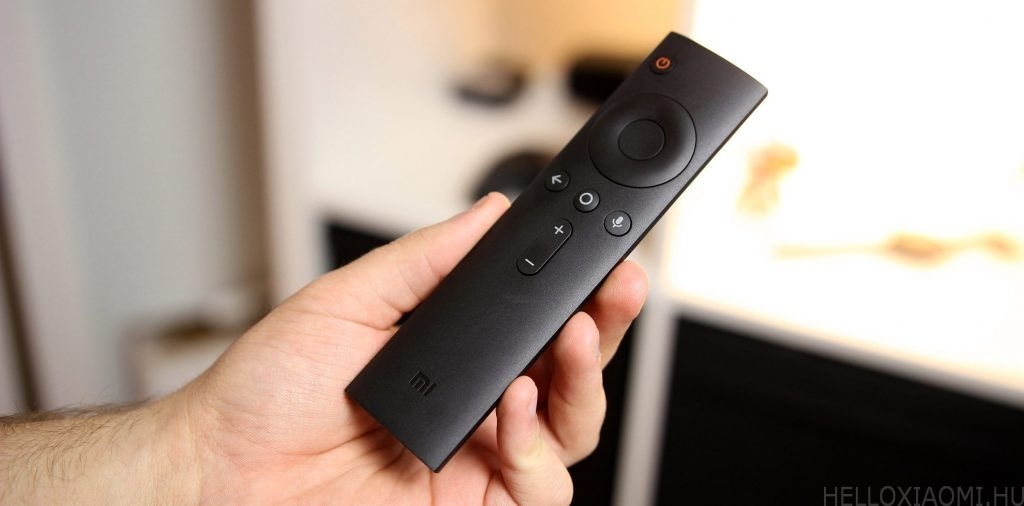
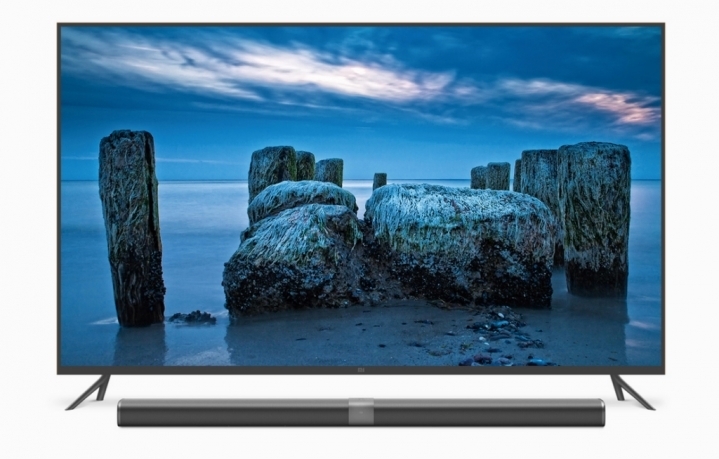

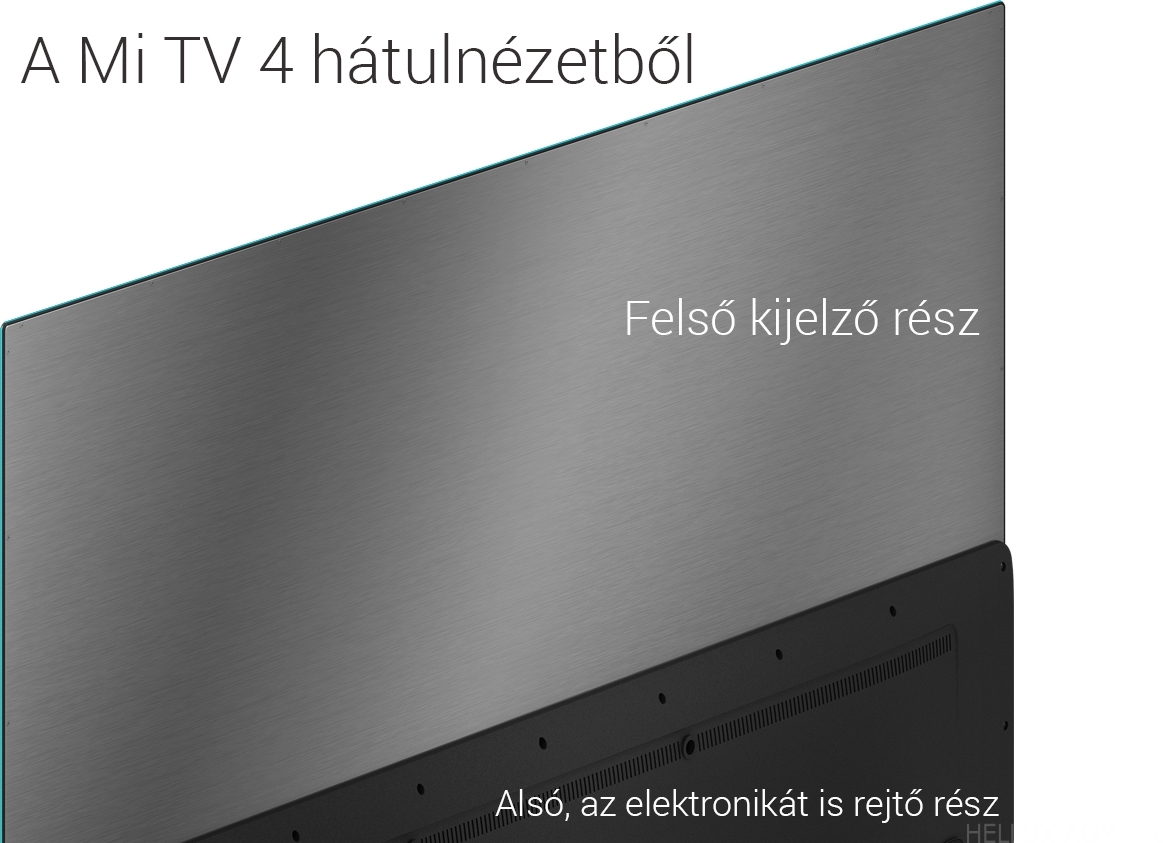






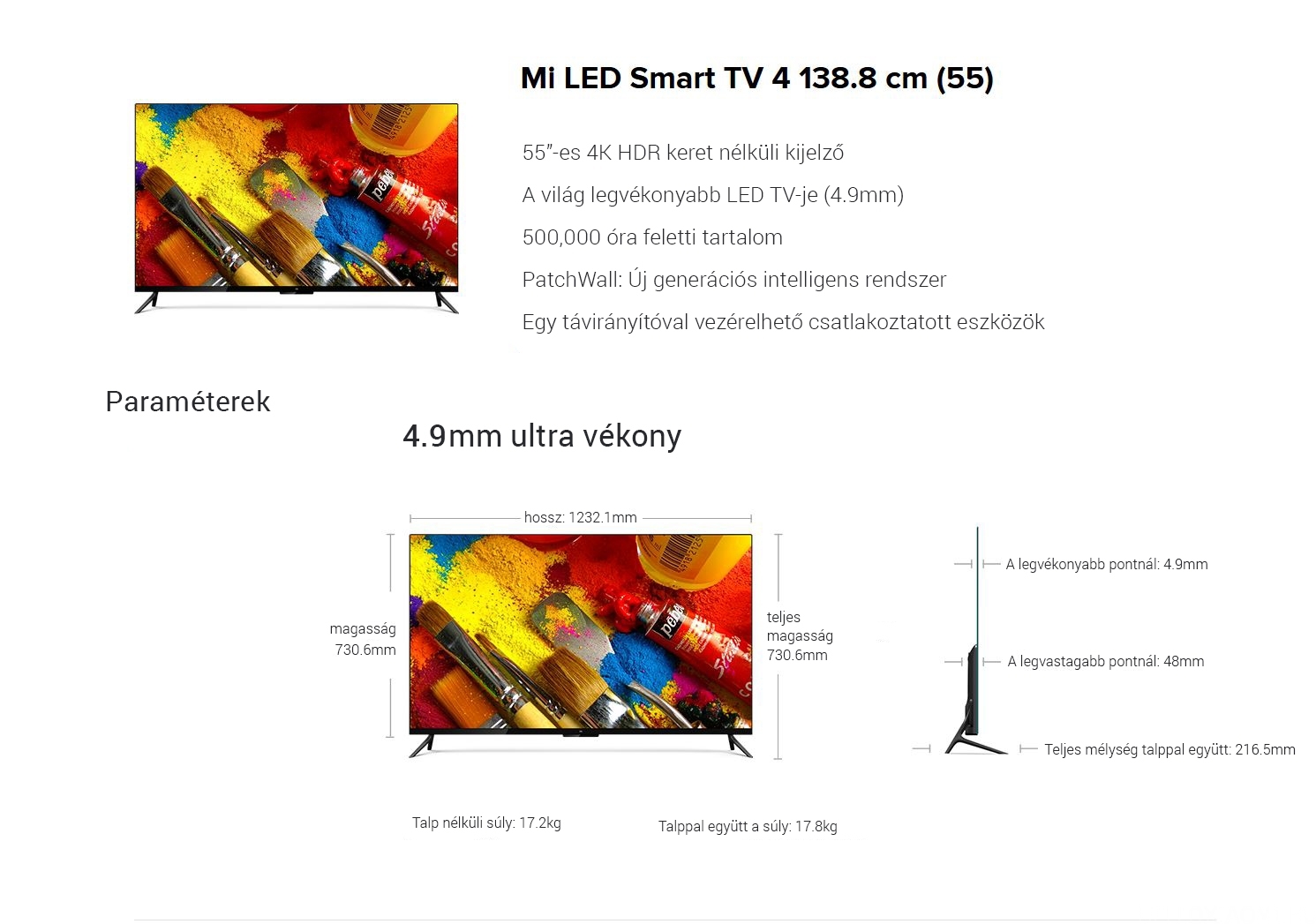
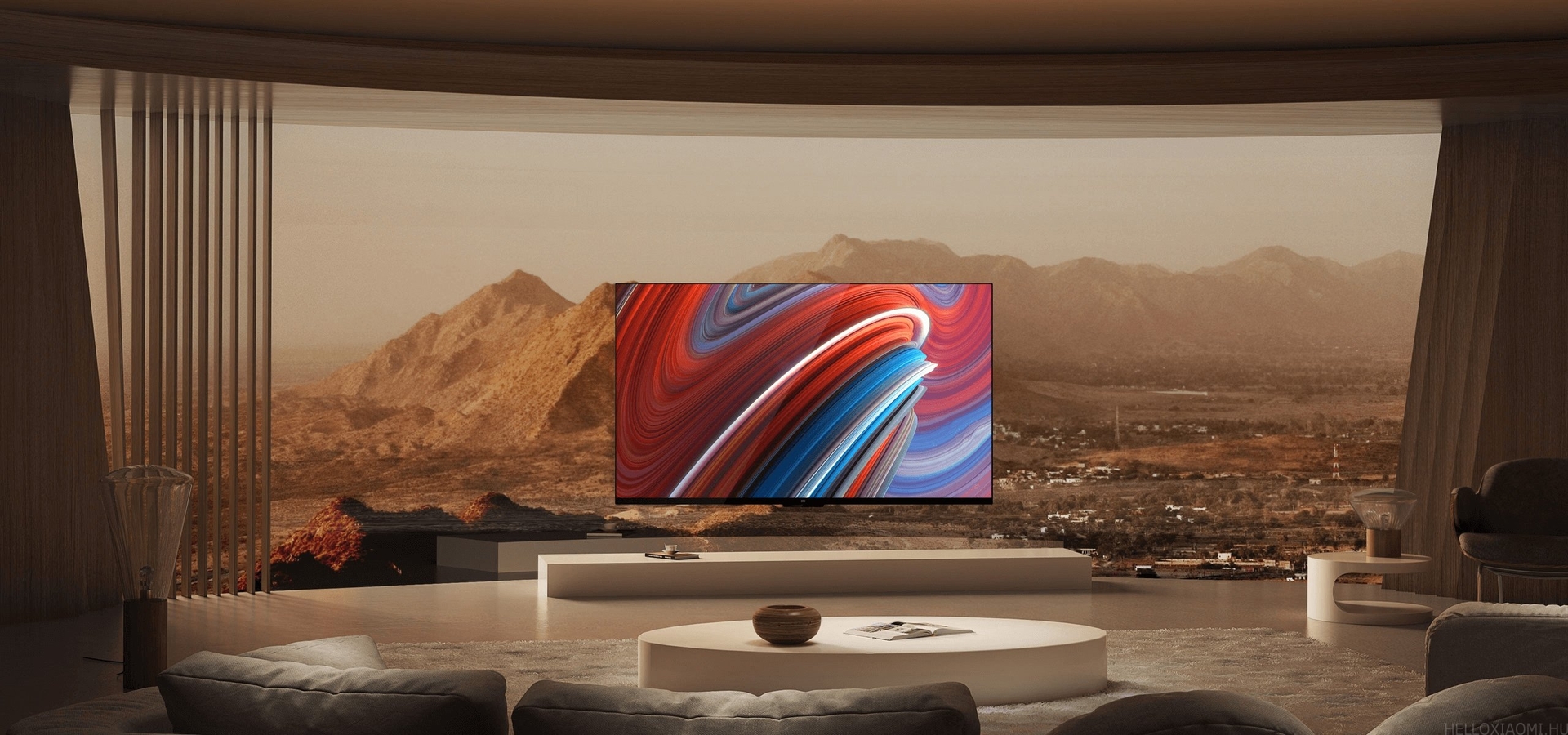
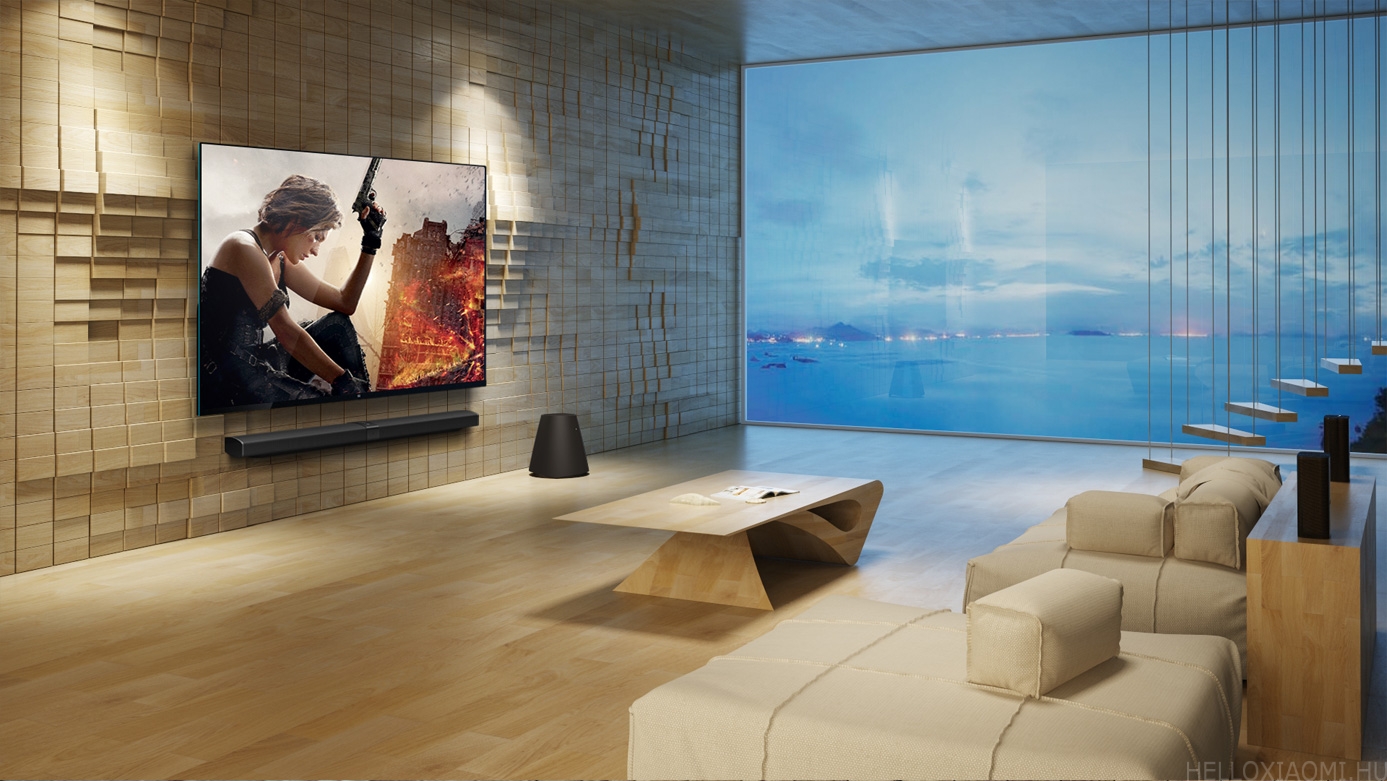
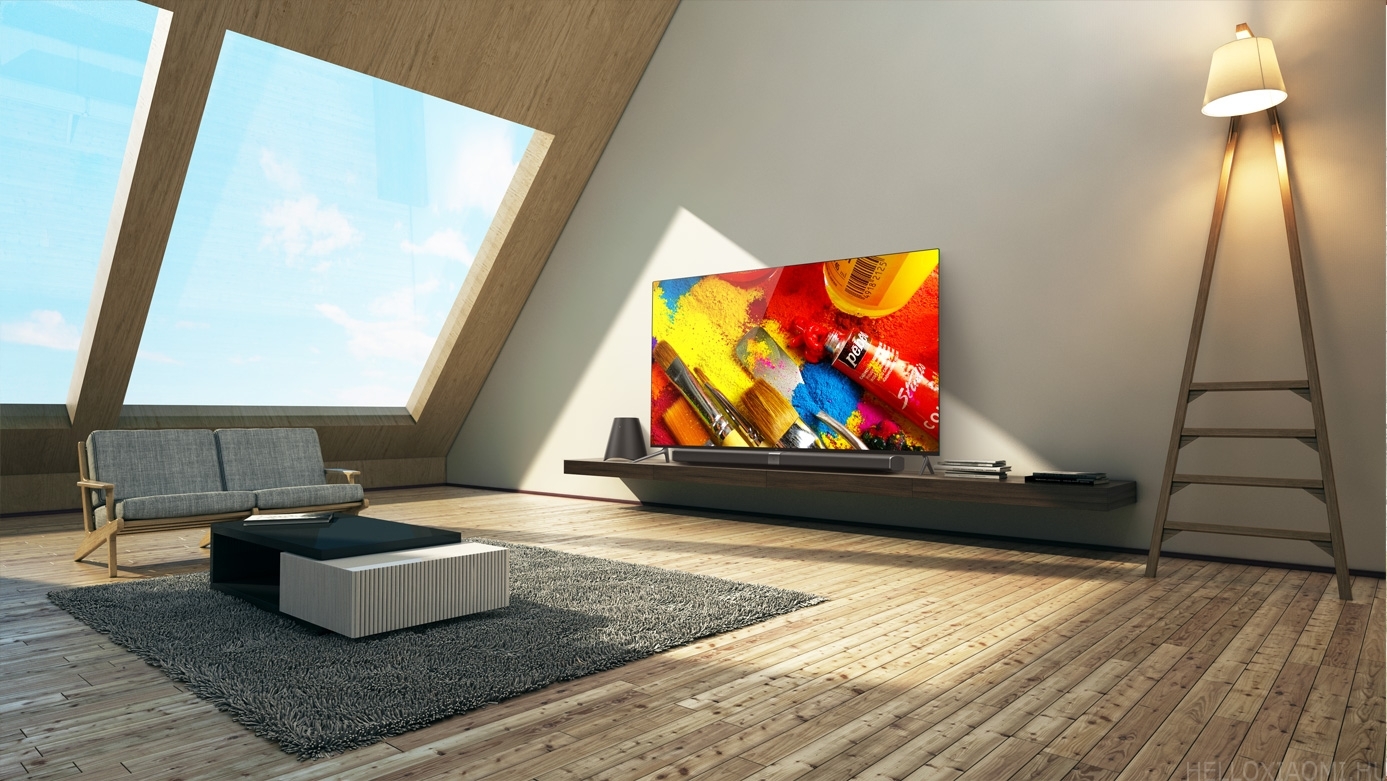
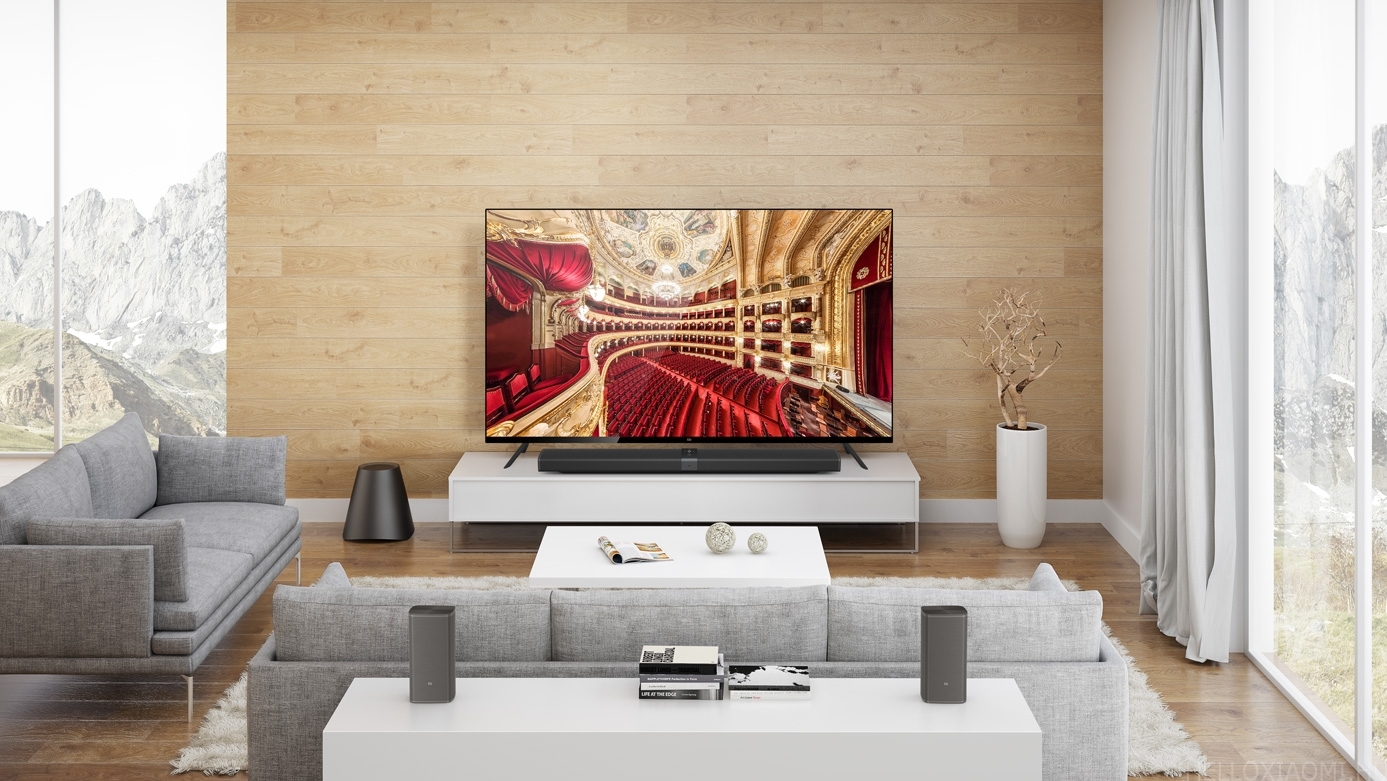
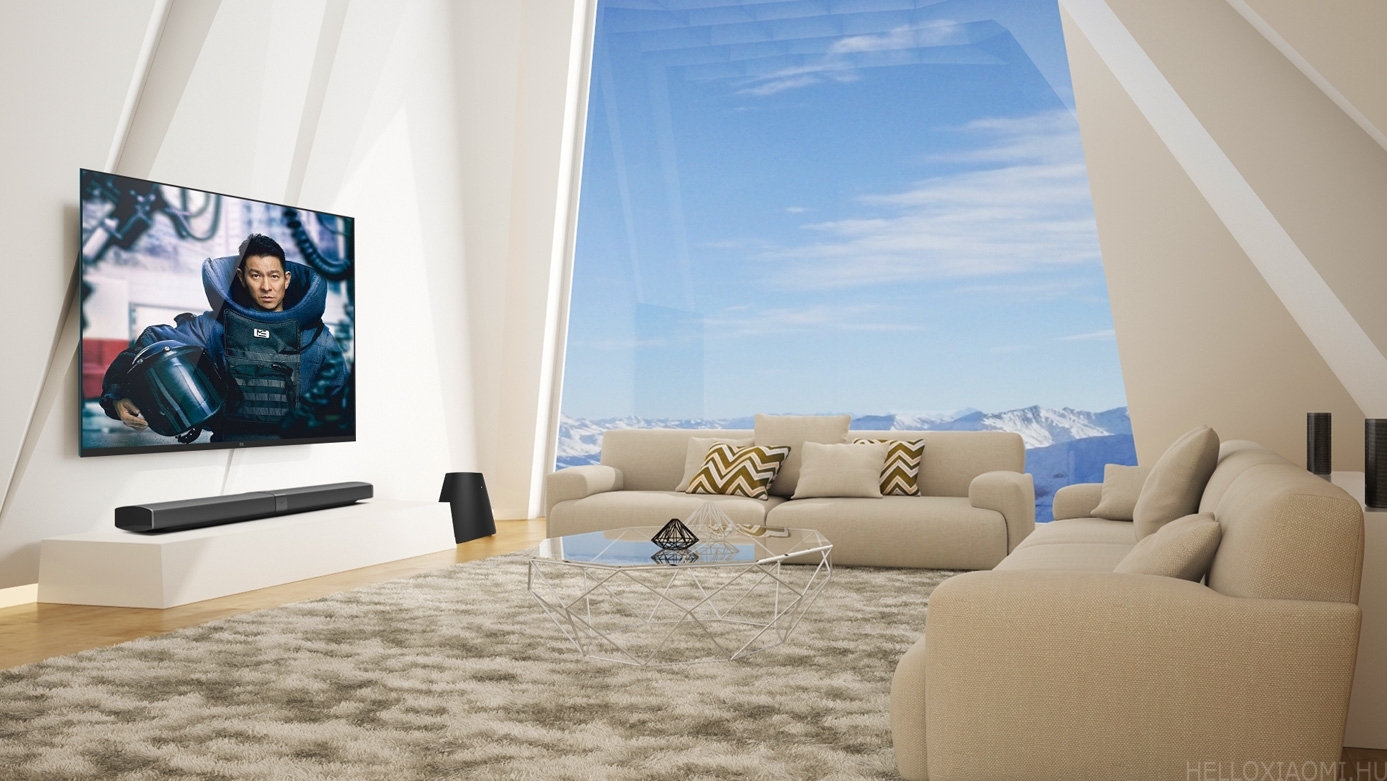
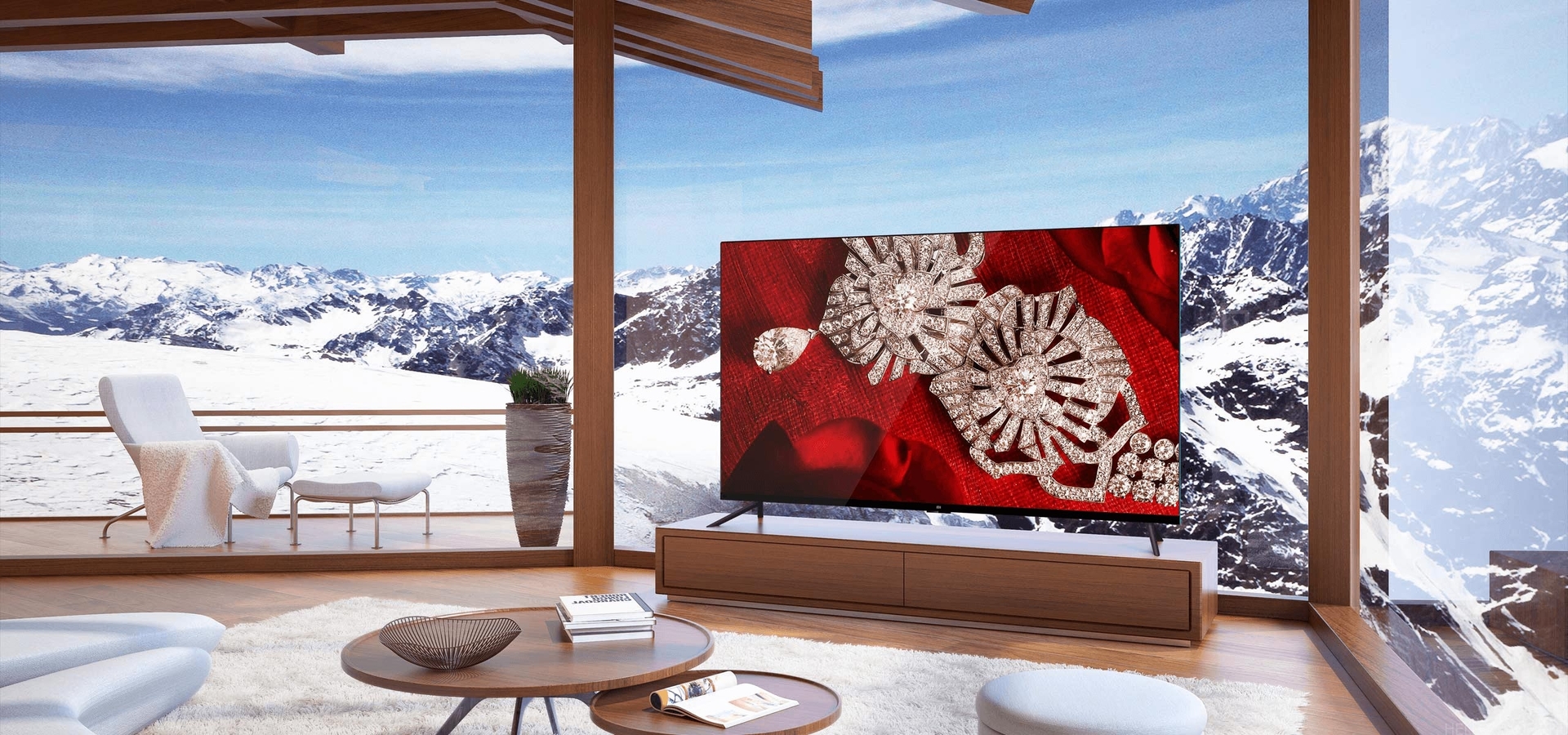
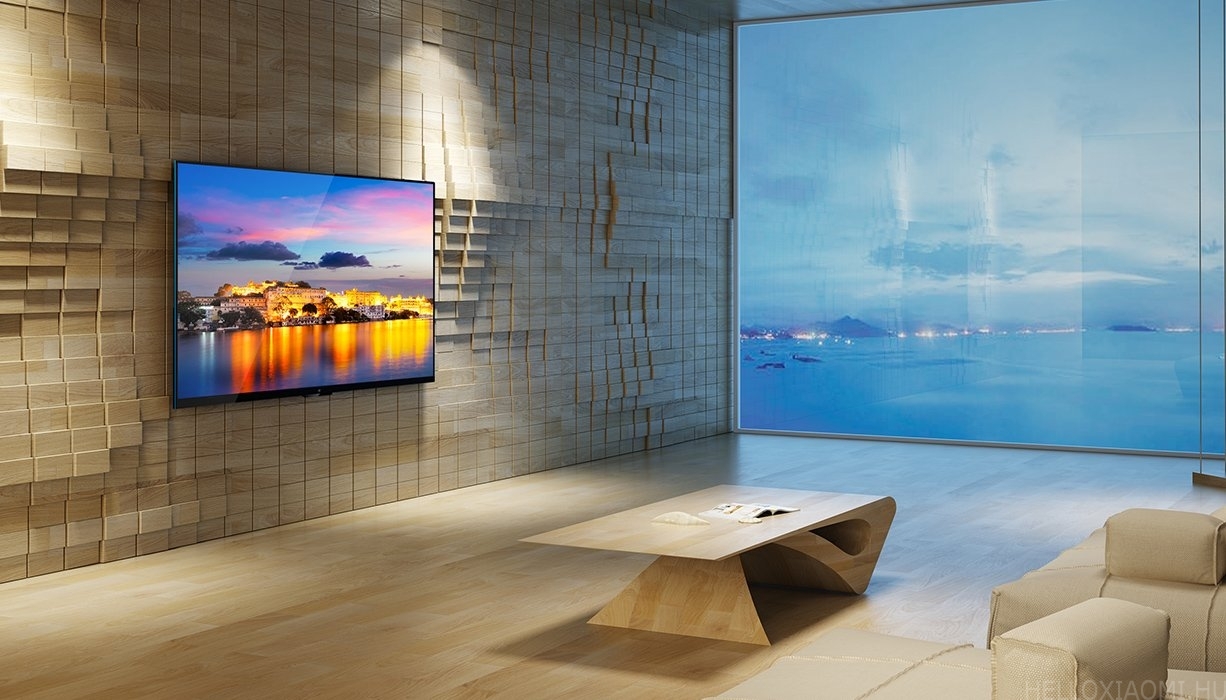
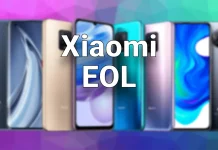
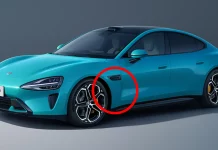
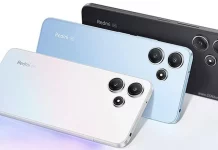
![[149] HyperOS heti hibajelentés](https://helloxiaomi.hu/wp-content/uploads/2024/04/hyperosbugreportindex-218x150.webp)

